Onboarding: A Key Strategy in Communicating Culture and Your Desired Employee Experience
On the heels of Rival, formerly SilkRoad Technology’s first panel webinar on culture and the employee experience, I’ve been thinking a lot about the role onboarding plays in establishing these firmly in new employees’ hearts and minds.
In an ideal world, of course, you would have a strong sense of your culture and the comprehensive experience you want to offer before you start the recruitment process, and onboarding provides the perfect opportunity to cement what employees have already begun to believe about your organization. Here are a few specific places you can re-emphasize your cultural messages:
The period between offer acceptance and start date
The one to four week interval between the date of acceptance and the date of start used to be considered a silent period in terms of communication between employer and new hire. Now, however, most organizations understand that this period is critical for reinforcing the new hire’s positive perceptions of the organization as well as her decision to come. Use onboarding portals to actively engage with new hires, educate them about your culture, and share your organizational mission and values.
The first day
Either beforehand or on the first day, you can also use your onboarding portal to take care of business like completing essential new hire paperwork and ensuring new employees understand your organization’s policies. Regardless of the exactly how you’d define your culture, your first day keywords should be “approachable” and “efficient.” All first day activities should communicate the message that the company is glad the new hire has arrived and that it generally knows what it is doing.
The first week
This is the time for individual managers to properly orient new hires to the specific culture of their groups or departments. They should set up one-on-one meetings as appropriate, arrange lunches or other informal gatherings, and encourage new employees to “learn the lingo” and shadow tenured employees as they go about their daily responsibilities. Managers should also sit down with each new hire and develop mutually-agreed upon, short and long-term performance expectations.
Preset performance intervals
Both managers and new hires should be diligent about working toward goals established during the first week. One common scenario is to evaluate performance at 30, 60, and 90 day intervals. Check-ins are best if done in person and offer the manager another chance to determine if the new employee’s experience is proceeding smoothly and if he has assimilated effectively into the culture. An onboarding portal can be helpful in scheduling and tracking these meetings.
On October 4, SilkRoad presented a second panel webinar with best practices on mapping workplace culture to the employee experience. This time around, we featured Tanya Papahristos, Director, Human Resources, AccessLex Institute; Jill Sorn; HR Director, Talent Acquisition, IRI Worldwide; and Sarah Wilson, Head of People, Indigo Books.



















